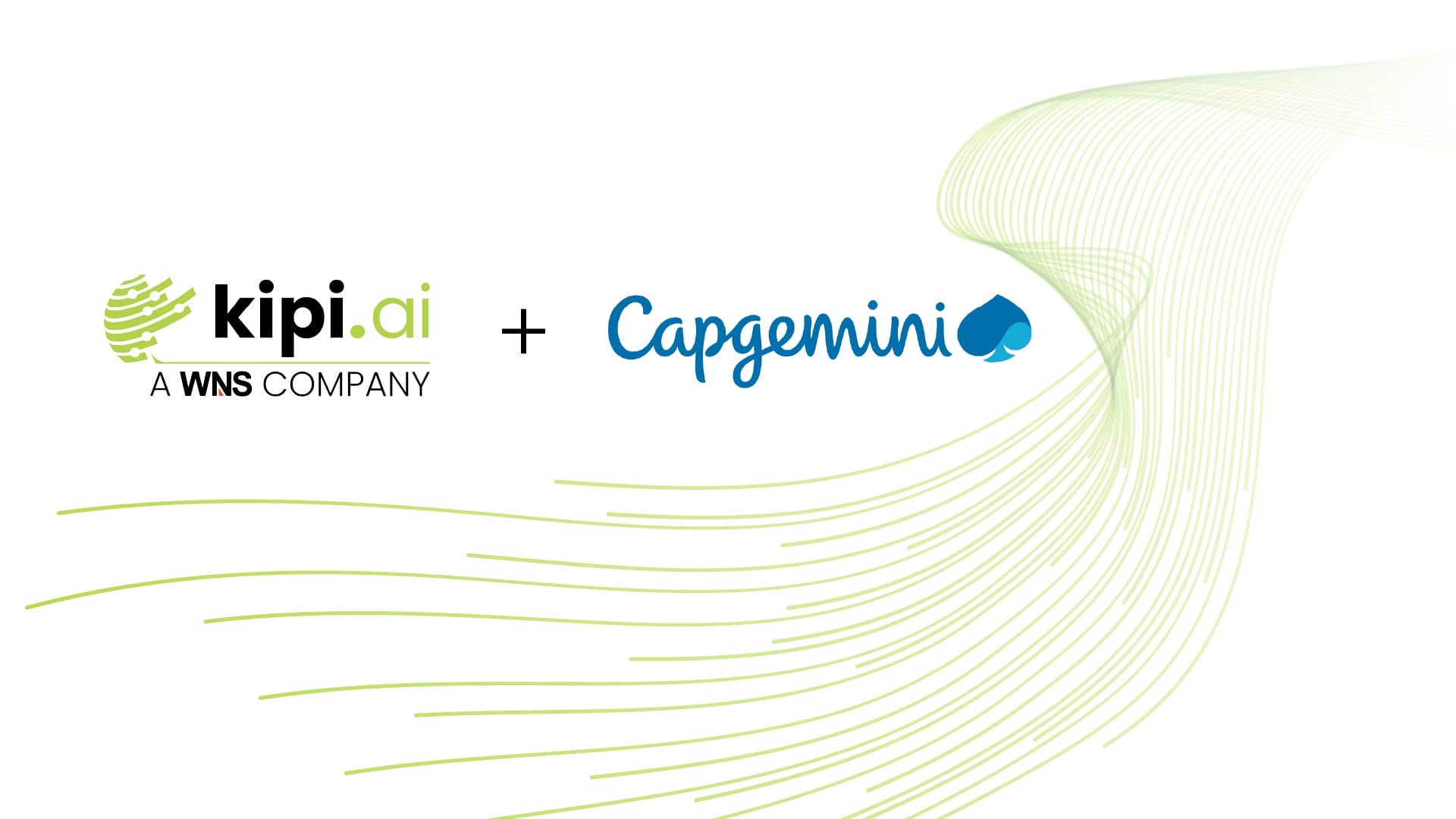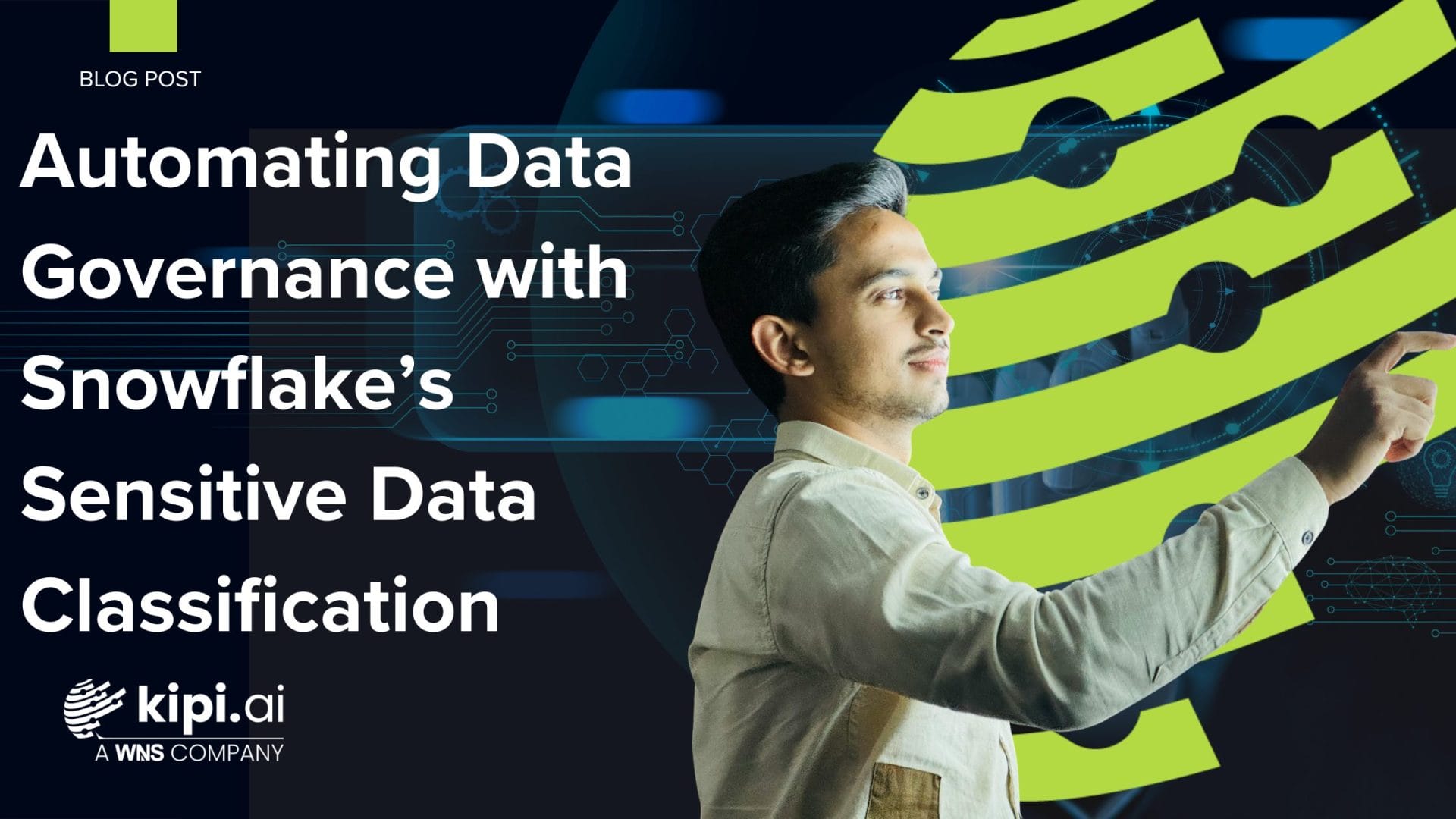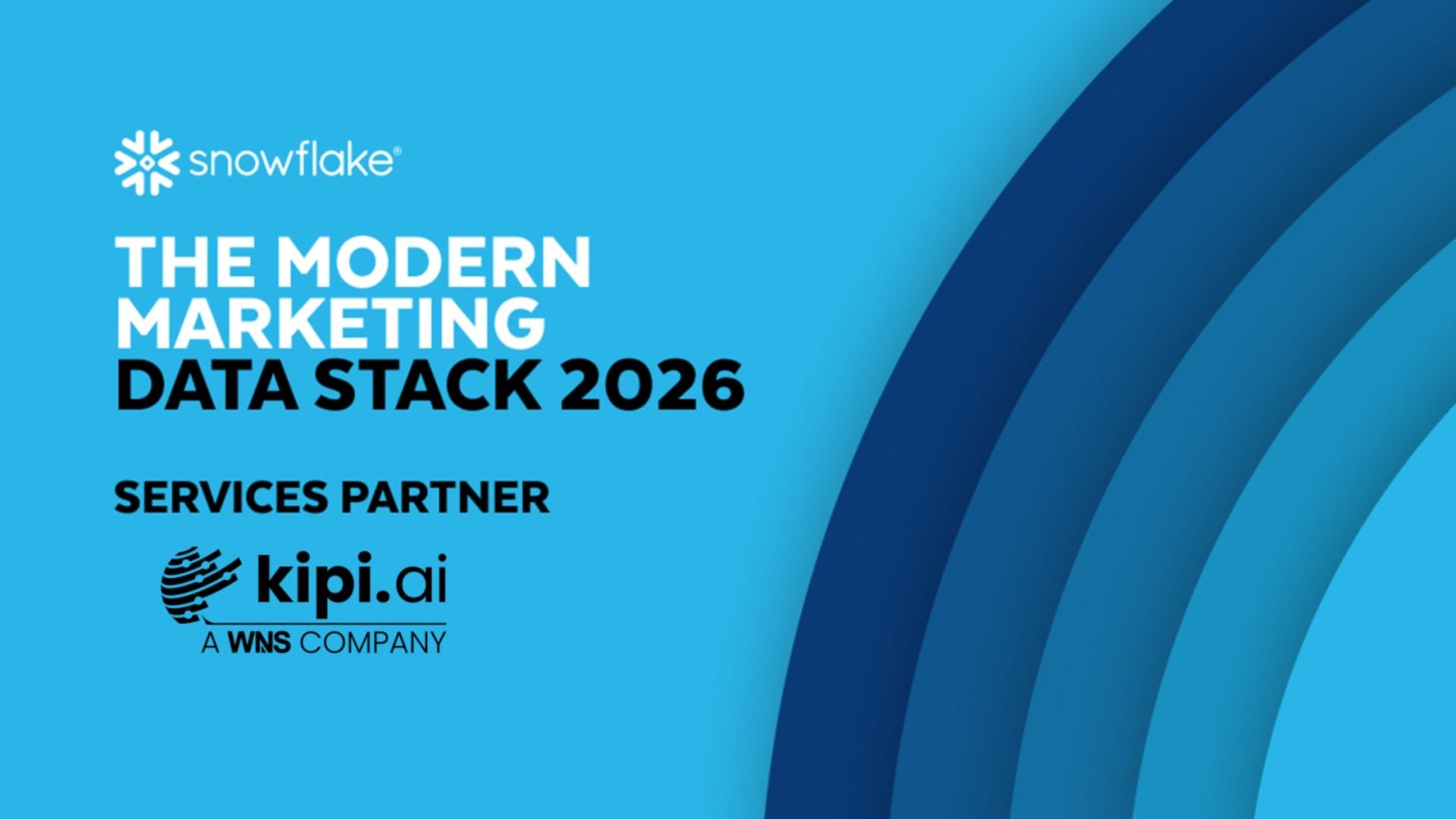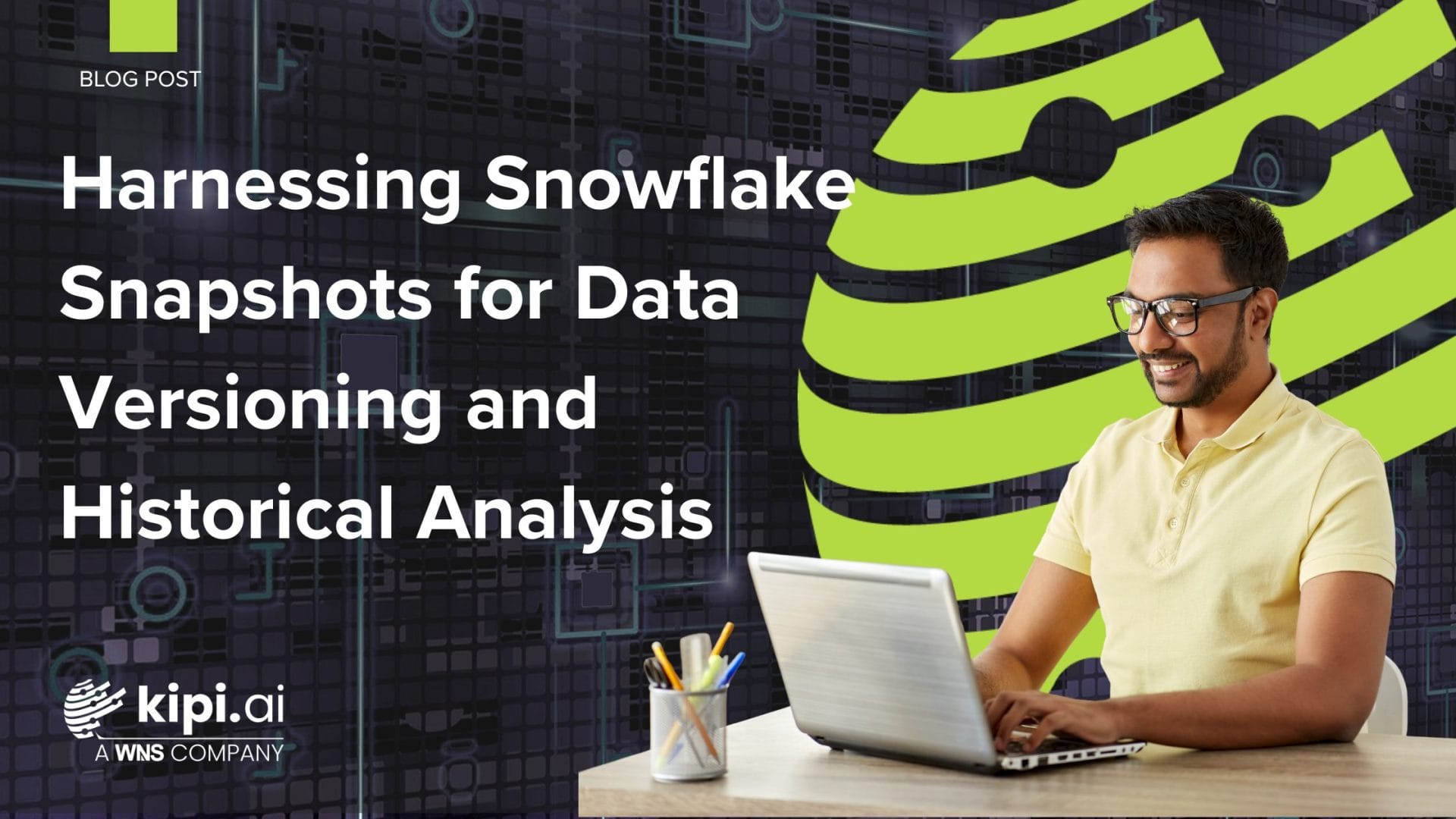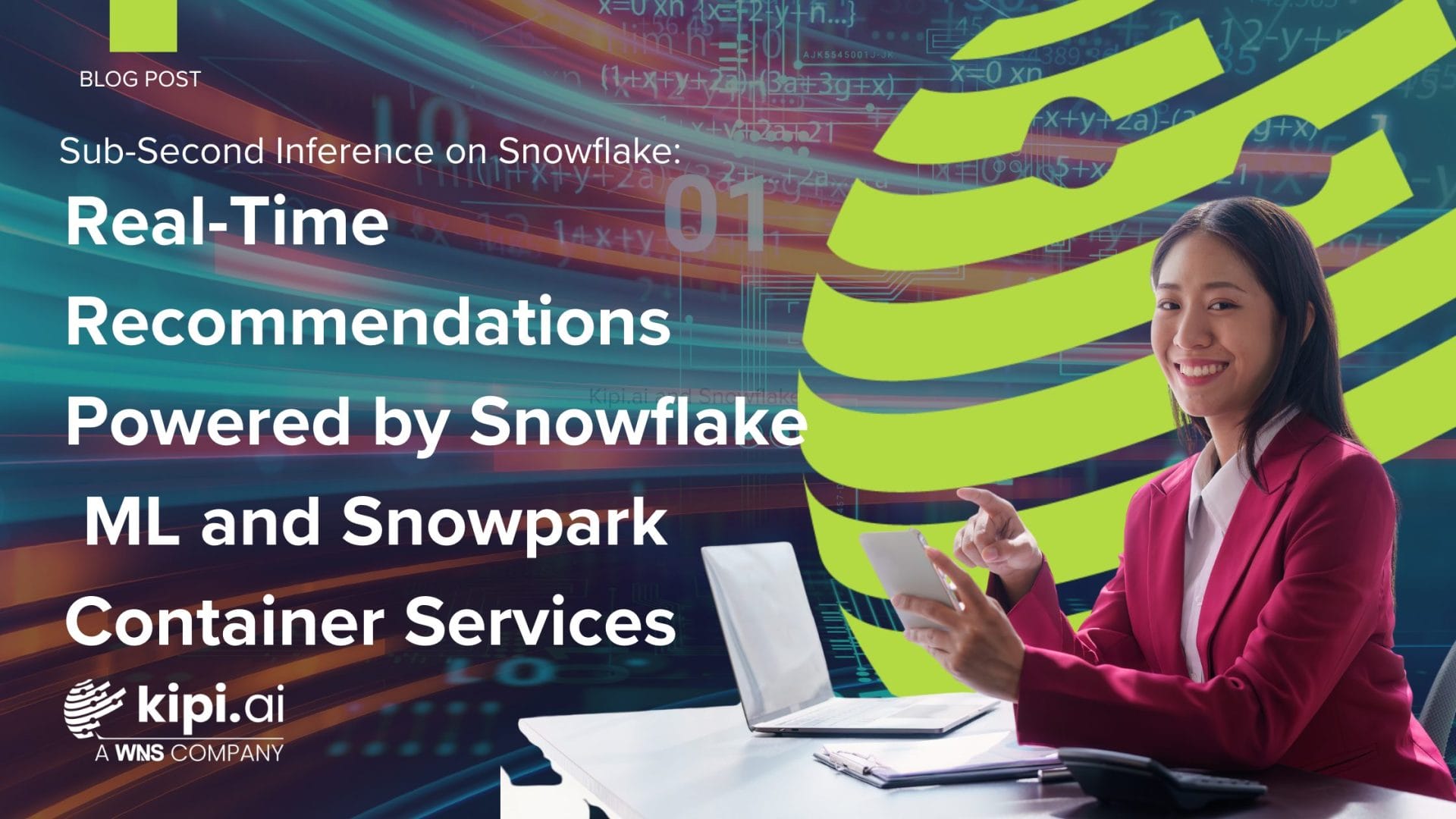In today’s fast-changing insurance landscape, data has become the ultimate competitive differentiator. To stay ahead, carriers are looking for modern platforms that simplify access, improve quality, and accelerate insights. That is why Kipi recently partnered with Snowflake to host an exclusive webinar exploring how insurers can build a strong data foundation to enable advanced analytics and AI.
The session featured:
- Sully McConnell, Industry Principal for Insurance at Snowflake
- Jason Ling, Industry Lead – Financial Services & Insurance at Kipi
Together, they shared strategies for modernizing data ecosystems, demonstrated the power of Snowflake’s architecture, and highlighted real-world use cases that are driving measurable ROI.
Why a Strong Data Foundation Matters
The conversation began with a simple truth: insurers cannot compete in a digital world with outdated, siloed data systems. McConnell explained how Snowflake’s architecture uniquely addresses these challenges.
“Snowflake helps separate storage, it’s a very powerful concept,” said McConnell. “You can store data once and dynamically spin up as many compute clusters as needed to support any workload—actuarial, claims, data science, or dashboards— without resource contention.”
This separation allows insurers to scale resources as needed, run multiple workloads simultaneously, and ensure every team, from underwriting to finance, is working from a single source of truth.
Even more transformative, Snowflake gives carriers access to over 3,000 third-party data sets including weather, demographic, and financial data, along with pre-built applications that can be consumed directly within their environment.
“It’s not just about data storage,” McConnell added. “It’s about accessibility to external data, apps, and analytics tools, all governed in one place.”
Building the Foundation: Strategic and Operational Data
From Kipi’s perspective, a successful data modernization strategy starts with identifying the right subject areas and levels of detail. Jason outlined two key lenses: strategic and operational.
On the strategic side, carriers need visibility into policies, claims, and transactions. For example:
- Tracking policies in force and earned premiums
- Measuring retention and understanding renewal behaviors
- Monitoring profitability and loss ratios across segments
On the operational side, data helps carriers understand workflow efficiency:
- How many claims or submissions are being processed
- Which underwriters or adjusters are overloaded
- How automation is improving straight-through processing
“Roughly 70% of reporting and analytics use cases can be achieved by focusing on these core domains,” Jason noted. “When insurers build clarity and consistency in these areas, they unlock faster insights and set the stage for advanced analytics.”
By establishing this foundation, insurers can answer key business questions quickly and consistently, enabling teams across underwriting, claims, and finance to work from the same trusted data sets.
From Foundation to Innovation: AI and Snowflake Intelligence
Once the foundation is in place, carriers can layer in AI and generative intelligence capabilities. Snowflake now supports both structured and unstructured data, such as claims notes, policy documents, and call transcripts, within the same platform.
“Unstructured data has moved from an afterthought to a priority,” McConnell said. “With language models and Snowflake Intelligence, insurers can ‘converse’ with their data, both structured and unstructured, and build domain-specific chat applications.”
Snowflake Intelligence acts as a reasoning engine, coordinating multiple AI tools to answer complex questions. For example, an insurer could ask for loss ratios by region and line of business, and the system would automatically query structured data, reference relevant claim notes, and surface a complete insight.
Real-World Use Cases: Turning Data into Business Value
Kipi shared several client success stories that demonstrate how a modern data foundation can quickly deliver tangible results.
1. Churn Prediction
Using policy and interaction data, Kipi built a churn model that helped one carrier identify customers likely to lapse. By embedding predictions into the underwriter workflow, the client improved retention and saved more than $3 million in one year.
2. Total Loss Identification
Another insurer used structured and unstructured data at First Notice of Loss (FNOL) to predict total loss claims early in the process. The model reduced process steps by 40% and improved cycle times.
3. Subrogation Opportunity Detection
By analyzing claims data and adjuster notes, Kipi developed a model to flag recovery opportunities automatically. This automation freed analysts from manual identification, increased recoveries, and accelerated case handling.
The Critical Role of Data Quality
High-quality data is critical for successful analytics and AI. Snowflake provides built-in capabilities to monitor consistency, completeness, and stability, while Kipi complements this with a data quality application that helps insurers define business rules, flag anomalies, and govern data from source to consumption.
With quality data, insurers can trust their insights, improve model accuracy, and confidently operationalize analytics.
For Carriers Who Feel Behind
Not every organization is far along in its data journey, but according to McConnell, that is no reason to hesitate.
“There’s never been a better time to be behind,” he said. “Generative AI lowers the barrier to entry. Carriers can get quick wins from unstructured data and move faster toward value.”
By focusing on high-impact domains such as claims or underwriting, insurers can deliver early results while building momentum for broader modernization.
Looking Ahead: Trends Shaping Insurance Data
Trends shaping the insurance data landscape include:
- Greater emphasis on unstructured data integration
- Expansion of Snowflake Marketplace with domain-specific apps
- Growth of agentic workflows for end-to-end automation
Carriers that build a flexible data foundation now will be positioned to lead with faster insights, smarter automation, and more responsive customer experiences.
About kipi.ai
Kipi.ai, a WNS Company, is a global leader in data modernization and democratization focused on the Snowflake platform. Headquartered in Houston, Texas, Kipi.ai enables enterprises to unlock the full value of their data through strategy, implementation and managed services across data engineering, AI-powered analytics and data science.
As a Snowflake Elite Partner, Kipi.ai has one of the world’s largest pools of Snowflake-certified talent—over 600 SnowPro certifications—and a portfolio of 250+ proprietary accelerators, applications and AI-driven solutions. These tools enable secure, scalable and actionable data insights across every level of the enterprise. Serving clients across banking and financial services, insurance, healthcare and life sciences, manufacturing, retail and CPG, and hi-tech and professional services, Kipi.ai combines deep domain excellence with AI innovation and human ingenuity to co-create smarter businesses. As a part of WNS, Kipi.ai brings global scale and execution strength to accelerate Snowflake-powered transformation world-wide.
For more information, visit www.kipi.ai.
